Research on Cannabis January - March 2023
min. reading
Hemp is a plant known and used for millennia for various ailments. It held an important place in folk and shamanic medicines as well as in early pharmacopeias. By the end of the 19th century, tinctures and medical extracts were available in most pharmacies. Hemp was then criminalized and removed from the list of medicines. Today, we are witnessing the return of hemp-based medicines and a gradual restoration of this plant’s role in medicine. An integral part of incorporating hemp into the list of medicines is scientific research: cohort, epidemiological, interventional, or less commonly, clinical studies. Many of these are conducted on animal models or in vitro – that is, under laboratory conditions outside a living organism. Scientists around the world are trying to uncover the exact mechanisms by which hemp affects various health problems. For many years, new research findings have been announced practically every month.
Table of Contents
January 2023 – Research on THC and CBD
In January, several significant studies were published. The first concerned the relationship between CBD and nicotine, others addressed the relationship between CBD and THC in Indian hemp flowers and their impact on harm reduction, and others analyzed data from the FAERS database on adverse effects related to the consumption of delta-8-THC. In addition, a study appeared in a biological model examining the influence of CBD on the expression of the TRPV2 channel.
Inhibition of Nicotine Metabolism by Cannabidiol (CBD) and 7-Hydroxycannabidiol (7-OH-CBD)
This study analyzes the interactions that occur in the human body after the consumption of hemp and nicotine-based products. The main premise of the study is the fact that the pharmacological effect of the simultaneous consumption of nicotine and hemp compounds is virtually unknown, and little research focuses on how CBD affects nicotine metabolism. Since the active substances contained in tobacco and Indian hemp use the same enzymatic pathways for metabolism and detoxification, they may result in undesirable reactions. The study suggests that cannabinoids like THC or CBD may inhibit the overall metabolism of nicotine in tobacco smokers.
Cannabidiol Sensitizes TRPV2 Channels to Activation by 2-APB
This study analyzes the impact of CBD on the activity of the TRPV2 channel, an essential part of biochemical processes in animal organisms. TRPV2 channel expression is vital for proper heart development and function, and in pancreatic β cells, it influences insulin secretion. It mediates various sensations such as pain, temperature, taste, and vision. Researchers suggest that cannabidiol activates TRPV2 channels in rodents with much higher affinity than 2-APB (a natural inhibitor of TRP channels), similar to other compounds derived from Indian hemp, including THC. The study indicates that CBD strongly sensitizes TRPV2 channels to activation by 2-APB in whole cells and excised tissues. This effect is potent, making it a promising experimental manipulation that may help better understand the TRPV2 channel activation mechanism.
Delta-8, an Isomer of Tetrahydrocannabinol Derived from Indian Hemp: Assessment of Data from Case Reports in the Food and Drug Administration’s (FDA) Adverse Event Reporting System (FAERS)
The aim of this study was to characterize the frequency of adverse effects related to the delta-8-THC compound, reported in the FDA’s Adverse Event Reporting System (FAERS). Delta-8-THC is an isomer of the well-known delta-9-THC, exhibiting psychoactive effects and found in hemp, albeit in small quantities. It’s relatively expensive to obtain, so its synthetic counterpart is often produced, which acts similarly to THC but can be dangerous. In the recreational Indian hemp market, products containing delta-8 are increasingly common and may at first glance resemble the effects of marijuana. Unfortunately, these products, coming from unlicensed sellers, may have a higher likelihood of contamination or fraudulent composition. As of June 30, 2021, the FAERS database listed D8-THC as a suspected drug in 183 cases. The most common events included shortness of breath, respiratory disorders, and seizures. Between 2019 and 2021, there was a twofold increase in the number of reported adverse effects of this substance.
Effects of Cannabidiol Found in Indian Hemp Flowers: Implications for Harm Reduction
The study analyzed the effects of three chemotypes of hemp flowers with varying THC to CBD ratios. The purpose was to determine whether chemotypes with a higher CBD content yield different effects. Participants were randomly assigned to one of 3 groups, each receiving one of 3 varieties (THC-dominant: 24% THC, 1% CBD; THC+CBD: 9% THC, 10% CBD; and CBD-dominant: 1% THC, 23% CBD). A total of 159 regular Indian hemp users were studied. The effects were measured immediately after consumption and 1 hour after administration. Participants who used the CBD-dominant and THC+CBD chemotypes had significantly lower THC levels and more CBD in plasma samples compared to those who used the THC-dominant strains. Those using the THC+CBD chemovar had significantly lower THC concentrations in the plasma and reported fewer adverse effects such as anxiety and unease, feeling an improvement in mood – in contrast to the group receiving the high-THC-potency variety (24%).
Links:
https://www.ncbi.nlm.nih.gov/pmc/articles/PMC9894081/
https://pubs.acs.org/doi/10.1021/acs.chemrestox.2c00259
https://www.ncbi.nlm.nih.gov/pmc/articles/PMC9900902/
https://www.ncbi.nlm.nih.gov/pmc/articles/PMC9357513/#R30
February 2023 – Research on THC and CBD
In February, new studies appeared focusing on the oral administration of medical marijuana, as well as analyzing the effect of inhaled marijuana on the brains of older individuals, and the experiences of consumers of both Indian and industrial hemp in Canada. Another interesting study involved controlled clinical trials, which showed that cannabidiol (CBD) can sometimes weaken or intensify the effects of delta-9-THC.
Assessment of Pharmacokinetics and Pharmacodynamics of Δ9-Tetrahydrocannabinol When Administered Orally with Cannabidiol in Healthy Adults: A Randomized Clinical Trial
This was a randomized, double-blind clinical trial, conducted with participants in 2021 and 2022 at the Behavioral Pharmacology Research Unit of Johns Hopkins University in Baltimore. A total of 18 adult individuals were examined, receiving delta-9-THC in 3 variants: THC solo, with an addition of 640 mg of CBD, and a placebo. The results showed that the group taking THC along with CBD had a stronger, subjective consciousness-altering effect and other symptoms, such as: greater impairment of cognitive and psychomotor abilities, and an increased heart rate compared to the group that received THC solo and the placebo group. The reason for THC’s stronger stimulation is attributed to CBD’s inhibition of the metabolism of Δ9-THC and 11-OH-Δ9-THC. These findings suggest that large portions (>600 mg) of oral CBD may inhibit the metabolism of oral Δ9-THC, resulting in a stronger drug effect compared to Δ9-THC without CBD.
Perception of THC and CBD Effects Among Adults with and without Prior Experience with Indian Hemp (Survey Result Analysis)
A study conducted among regular users of hemp, as well as those who have not had contact with it, residing in Canada. The aim of the study was to assess the fulfillment of expectations of users testing different varieties of Indian hemp, with a predominance of CBD, THC, or with similar proportions of THC and CBD. Adult Canadians completed a Qualtrics survey, providing information about their expectations regarding the effects of different cannabinoids using a 15-point questionnaire. In the case of most therapeutic effects, products containing CBD (CBD, THC, and CBD) performed the best. In contrast, most positive and negative non-therapeutic effects were given to products containing THC (THC, THC, and CBD) – they were rated higher than CBD. People who had previously used Indian hemp rated all cannabinoids higher in terms of their association with various therapeutic effects and favorable recreational action.
Effect of Inhaled Marijuana Rich in Δ9-THC or CBD on the Aging Brain: Translational Magnetic Resonance and Behavioral Study (Cohort)
This is one of the few studies evaluating the impact of cannabis on older individuals. This group represents one of the newest, rapidly growing cohorts of cannabis users. To understand the neurobiological impact of marijuana on the aging brain, mice aged 19–20 months were examined for cognitive effects changes after consuming Indian hemp. Vapourized marijuana containing approximately 10% THC, about 10% CBD, or a placebo was administered daily for 30 minutes. Results were collected after 28 days of exposure and a two-week washout period. These data indicate that chronic use of inhaled Indian hemp high in Δ9-THC may be an effective analgesic but does not aid in anxiety treatment and has a negative impact on cognitive functions. In mice given CBD, an improvement in nervous system functioning was observed, persisting after the cessation of hemp.
Cannabinoids to Enhance Quality of Life Related to Health in Patients with Neurological or Oncological Diseases: Meta-analysis
Scientists from the Department of Neurology at the University of Amsterdam undertook to study the effect of THC and CBD on health-related quality of life and mental well-being of oncology patients. To this end, they analyzed available randomized controlled trials in scientific databases on oncology patients receiving cannabis. A total of 17 studies were analyzed: 4 in oncology and 13 for central nervous system diseases. The meta-analysis did not show the impact of cannabinoids on overall health-related quality of life or the mental well-being of patients. However, it is noted that the clinical studies were heterogeneous, and since many patients with glioma currently often use cannabinoids, further research is needed to evaluate their value.
Combining Medical Marijuana with Autotaxin – Lysophosphatidic Acid Signaling
The ATX-LPA signaling axis is a key element in many physiological and pathophysiological states, such as the development of vessels and neurons, neuropathic pain, fibrosis, and immune-based diseases, including rheumatoid arthritis, multiple sclerosis, arterial atherosclerosis, and cancer. Scientists from the European Molecular Biology Laboratory investigated the influence of THC on the catalysis of two ATX isoforms. The results showed an interaction between THC and autotaxin-LPA signaling – highlighting new aspects of medical therapy with Indian hemp. These may be key to regulating lipid homeostasis in humans, correlated with the invasive and metastatic potential of several cancers.
Links:
https://jamanetwork.com/journals/jamanetworkopen/fullarticle/2801352
https://www.sciencedirect.com/science/article/pii/S030646032200274X
https://www.frontiersin.org/articles/10.3389/fnagi.2023.1055433/full
https://www.ncbi.nlm.nih.gov/pmc/articles/PMC9940814/
https://www.ncbi.nlm.nih.gov/pmc/articles/PMC9834664/
March 2023 – Research on THC and CBD
Research published in March sought to answer questions such as: what influences an individual’s response to cannabinoids; what is the utility of cannabinoids in pain treatment, and what impact long-term consumption of CBD has on young people. A fascinating overview of the possibility of using electrochemical nanomaterial for detecting Δ9-THC and CBD also appeared on the topic of pain.
Electrochemical Sensors of Δ 9 -THC and CBD Based on Nanomaterials for Chronic Pain Detection
The topic of pain and cannabinoids has been studied by researchers for many years. Until now, it’s known that they can be treated with cannabinoids, such as THC and CBD. In this review, researchers analyze the application of electrochemical nanomaterial for detecting Δ9-THC and CBD. The prospects of using nanomaterials needed to develop highly sensitive and selective electrochemical sensors for detecting Δ9-THC and CBD are also analyzed. These are electrochemical sensors that convert physical, chemical, or biological parameters into measurable electrical signals. Such sensors can be used to develop new point-of-care (POC) devices for the treatment of chronic pain using cannabinoids.
Individual Response to Cannabinoids: Challenges in Safety and Efficacy of Cannabis Products (Research Review)
The aim of this review is to highlight the concept of individual differences in people’s responses to taking cannabinoids. The main challenge is a discussion regarding determining standard safe amounts of cannabis products for the general population. The review considers the mechanisms of action, acute and chronic toxicity, and factors influencing the reaction to cannabis products.
Conclusions of the gathered data emphasize that the response to cannabis products depends on 3 groups of factors:
- Exposure factors (route of administration, duration, frequency, and interactions with food and drugs).
- Individual factors (age, gender).
- Susceptibility factors (genetic polymorphisms of cannabinoids).
Due to the individuality of the reaction, the safest way to use food products containing cannabis is to start with a low level of THC.
Pharmacokinetics of Orally Administered Cannabinoids and Medical Marijuana Extracts in Mouse Nervous Tissue and Plasma: Implications in Pain Treatment – Animal Model
The study aimed to check whether oral administration of medical marijuana extracts can benefit patients suffering from pain disorders. The effects of different cannabinoids were studied in an animal model. Initial results confirmed a faster increase in THC levels within an hour after administration, but not in the spinal cord. In the studied model, the combination of THC and CBD increased anti-allodynic strength by a factor of 200, while a combination of CBN and CBD provided pain relief in chronic muscle pain. With the application of a CBD-rich hemp extract, mechanical pain was almost entirely alleviated. Neither orally administered THC+ extract nor pure THC alleviated mechanical hypersensitivity caused by nerve injury. The presence of other cannabinoids in the THC extract may favor THC’s bioavailability not only in plasma but also maintain its elevated levels, possibly resulting in prolonged biological effects.
THC and CBD: Villain vs Hero? Insight into Youth Exposure
There is extensive literature assessing the harmful effects of THC, both in adults and youth, but little is known about the long-term effects of exposure to CBD, especially during adolescence. The aim of this review was to gather preclinical and clinical evidence concerning the effects of cannabidiol on a group of young people. The conclusion drawn from the gathered data is that the scientific literature lacks information about the neuroprotective or neuroinflammatory effects of exposure to CBD and THC-CBD combinations during adolescence, especially in the realm of clinical research.
Links
https://www.ncbi.nlm.nih.gov/pmc/articles/PMC10046734/
https://www.ncbi.nlm.nih.gov/pmc/articles/PMC10058560/




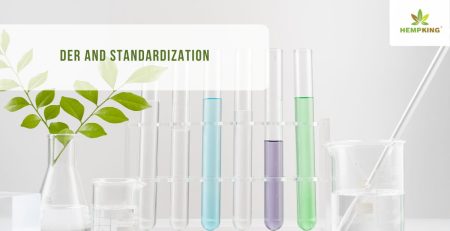




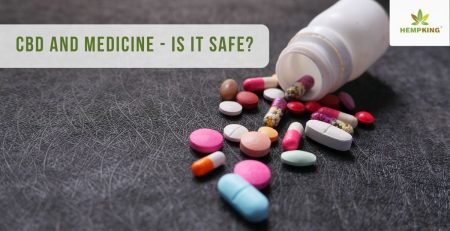



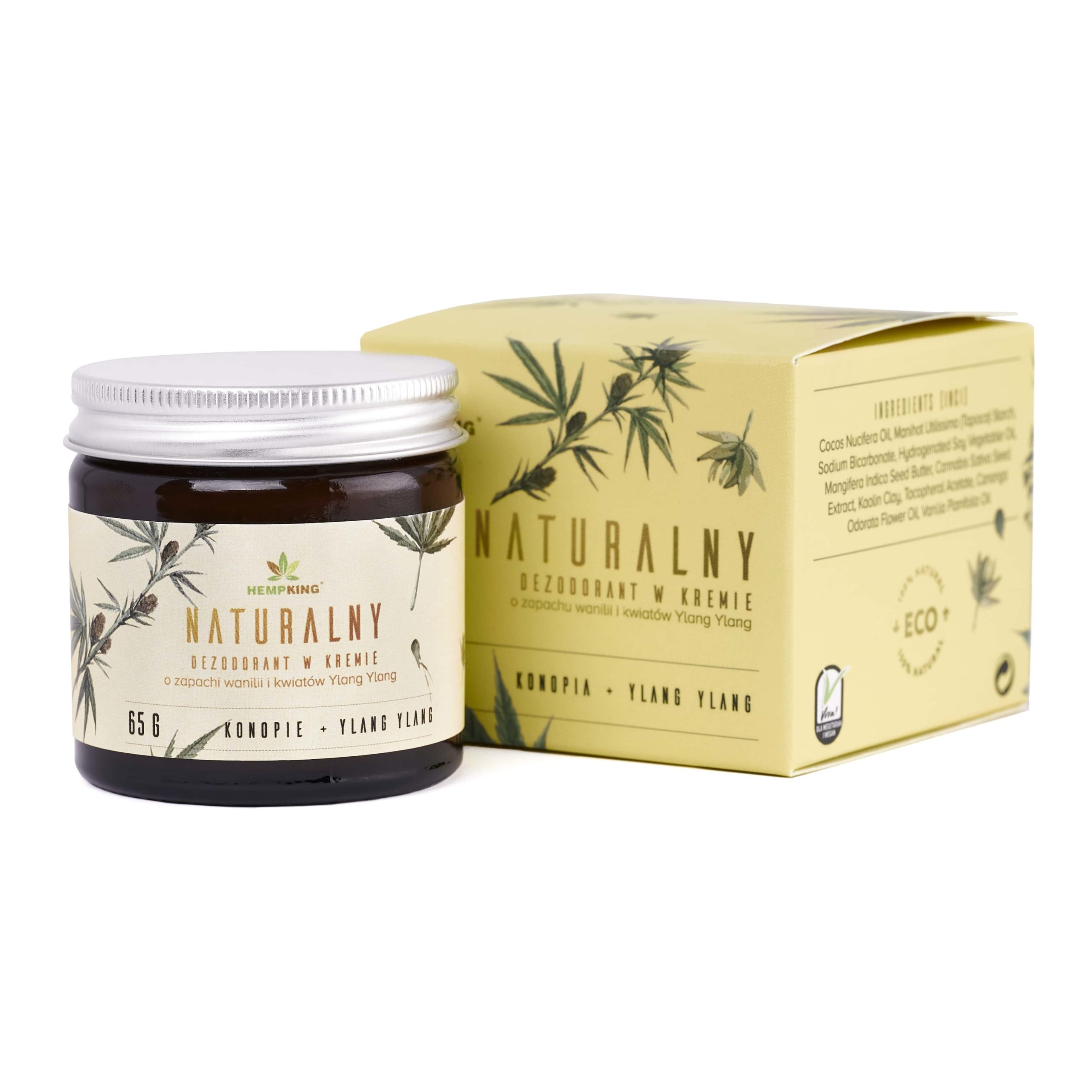
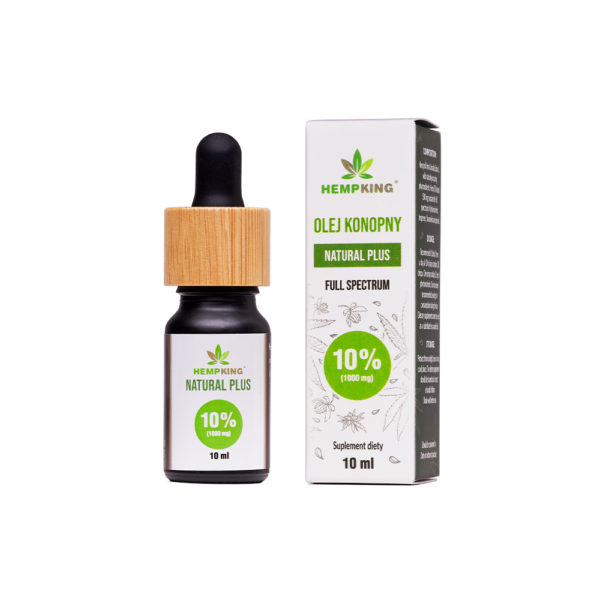
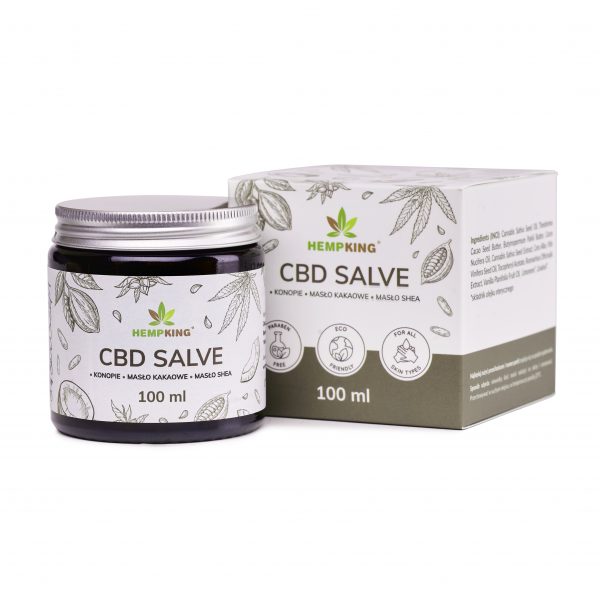
 Facebook
Facebook Instagram
Instagram

Leave a Reply